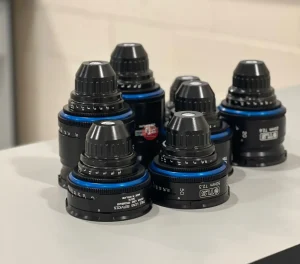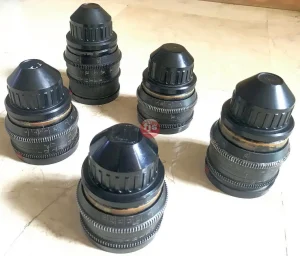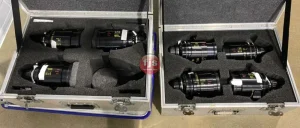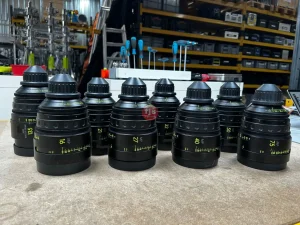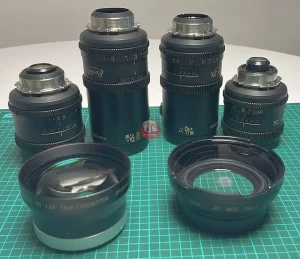The cinematic widescreen format with its immersive feel is a staple of Hollywood. But how do you achieve that signature look? The answer lies in a specialized lens type: the anamorphic lens. This article explores anamorphic lenses, their characteristics, and the benefits they offer for achieving the coveted anamorphic aesthetic.
Anamorphic Lenses: Squeezing the Image for Wider Vistas
Anamorphic lenses create a wider field of view than standard spherical lenses while using the same size camera sensor. They achieve this by using an additional optical element group within the lens that “squeezes” the image horizontally during filming. This compressed image is then stretched back to its intended widescreen format in post-production.
Key Characteristics and Benefits of Anamorphic Lenses:
- Wider Field of View: Capture a broader scene without resorting to bulky wide-angle lenses, offering a more natural and immersive viewing experience.
- Unique Image Quality: Anamorphic lenses produce a distinctive “anamorphic look” characterized by horizontal lens flares and a subtle oval bokeh effect, adding a touch of classic cinematic style.
- Increased Resolution: Modern anamorphic lenses often deliver exceptional image quality with high horizontal resolution, translating to sharper details in the final widescreen image.
Considerations When Using Anamorphic Lenses:
- Cost: Anamorphic lenses are generally more expensive than their spherical counterparts.
- Workflow: The de-squeeze process in post-production adds an extra step to your workflow.
- Light Loss: The additional optical elements in anamorphic lenses can cause slight light loss compared to spherical lenses.
Conclusion
Anamorphic lenses are powerful tools for achieving the coveted widescreen cinematic look. They offer a wider field of view, a unique aesthetic, and high-resolution capture capabilities. However, their cost, workflow considerations, and potential light loss require careful evaluation before integrating them into your filmmaking process.
Frequently Asked Questions (FAQ)
Q: Can I use an anamorphic lens on a regular camera?
A: Yes, but the footage will appear horizontally squeezed until it undergoes the de-squeeze process in post-production.
Q: Are there any alternatives to anamorphic lenses for achieving a wider look?
A: You can use wide-angle spherical lenses, but they won’t achieve the same distinctive anamorphic image characteristics.


